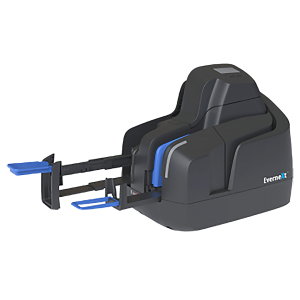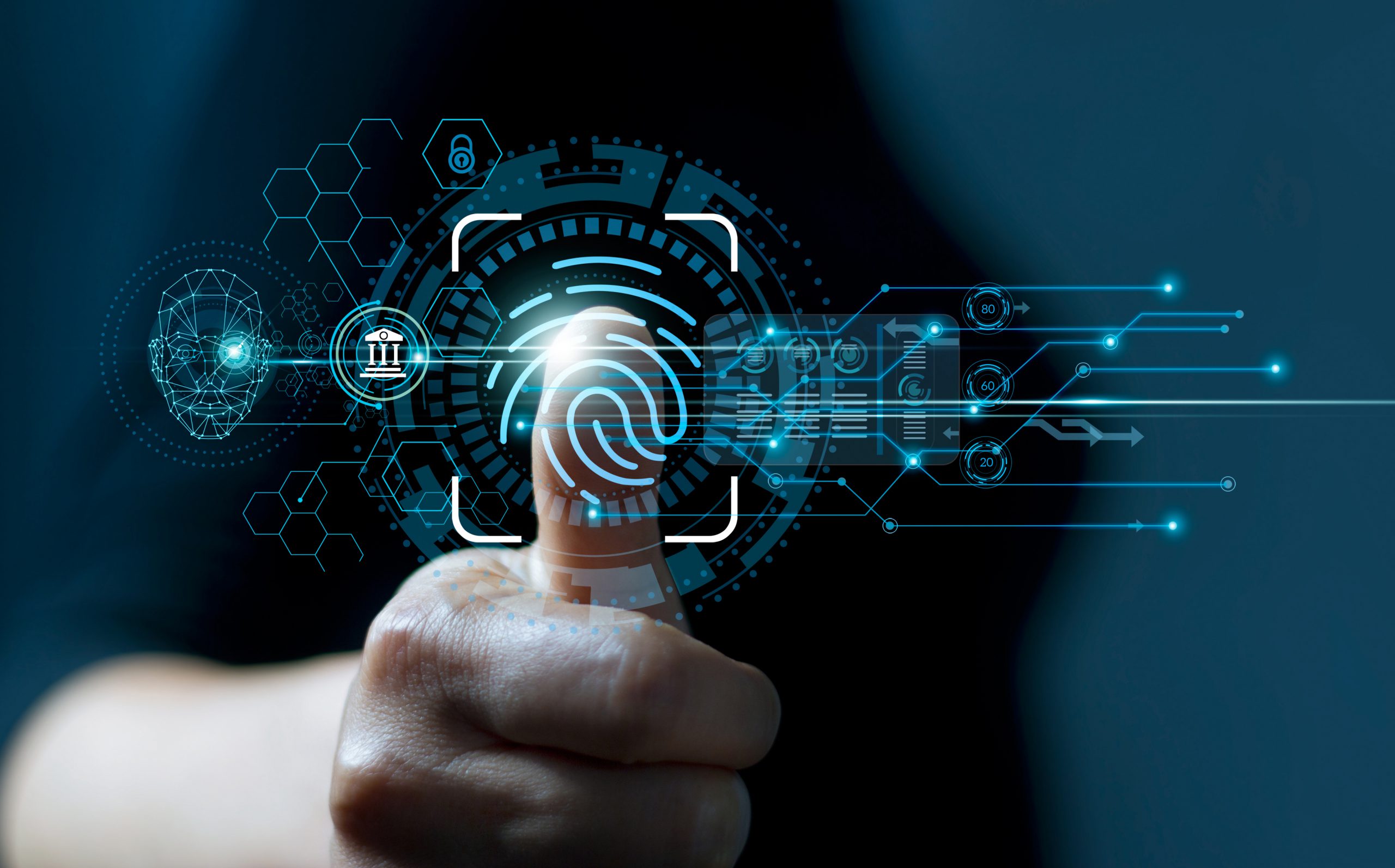
Fingerprint Verification
Fingerprint recognition is amongst the most reliable and secure biometric technologies, and it has the advantage of being consensual by nature.
Fingerprint technology allows for the verification of someone’s identity by comparing their (unique) fingerprint against a previously recorded sample. This can be done one-to-many, for identification, or one-to-one, for authentication. Panini has been engaged with demanding and security-sensitive Financial Institutions for decades, so we decided to invest in high-end authentication applications from the very start.
-
Reliable
Solid customer verification and minimisation of false positives and negatives.
-
Proven
FBI Appendix-F certified.
-
Efficient
Best in class image capture quality and recognition characteristics.

The challenges
of Fingerprint
Technology
Many could assume that natural uniqueness of fingerprints makes comparison rather obvious, but check the image on the side: the four scans come from the same finger of the same person! Weather, humidity, angle of impression, finger pressure… all of these will have an impact on the image, causing sharp differences.
To tackle this variety, we need to extract a set of features that are independent of image density and other variations: these are the minutiae, i.e. fingerprint details such as bifurcations, ridge endings, islands, crossovers, etc. Once we map their relative positions effectively, we can build a sort of digest of the print which can be efficiently compared against an equivalent: the more matching points we get, the higher the likelihood that the two belong to the same person.
In many cases, comparison is not obvious. Since we have seen many factors influence the way our bodies leave tracks on the fingerprint sensor, the outcome will always be a probabilistic one: the algorithm will not express a definite Yes or No on the match, it will return a percentage of probability that the two patterns belong to the same finger.
It then becomes a challenge to set the proper acceptance threshold: if the system is too tolerant, it could open the door to fraudsters (false positive) while if it’s too strict it might block legitimate customers (false negatives). An efficient fingerprint verification system is able to keep both – the False Acceptance Rate and the False Reject Rate – at minimal, tolerable levels.

“Complying with the highest standards and fully meet market expectations in terms of quality and reliability”
Panini’s formula for reliable Fingerprint Matching
Thanks to our expertise in imaging, at Panini we found a method to properly filter fingerprint images and to extract their characteristics so as to grant a solid customer verification, handling the mentioned "false result struggle" (FAR vs FRR) in an effective and reliable way.
As a result, the Panini BioCred concept has been certified FBI Appendix-F in January 2022, and its image capture quality and recognition characteristics are now certified among the best in class – an important milestone which allows us to compete among market leaders.





